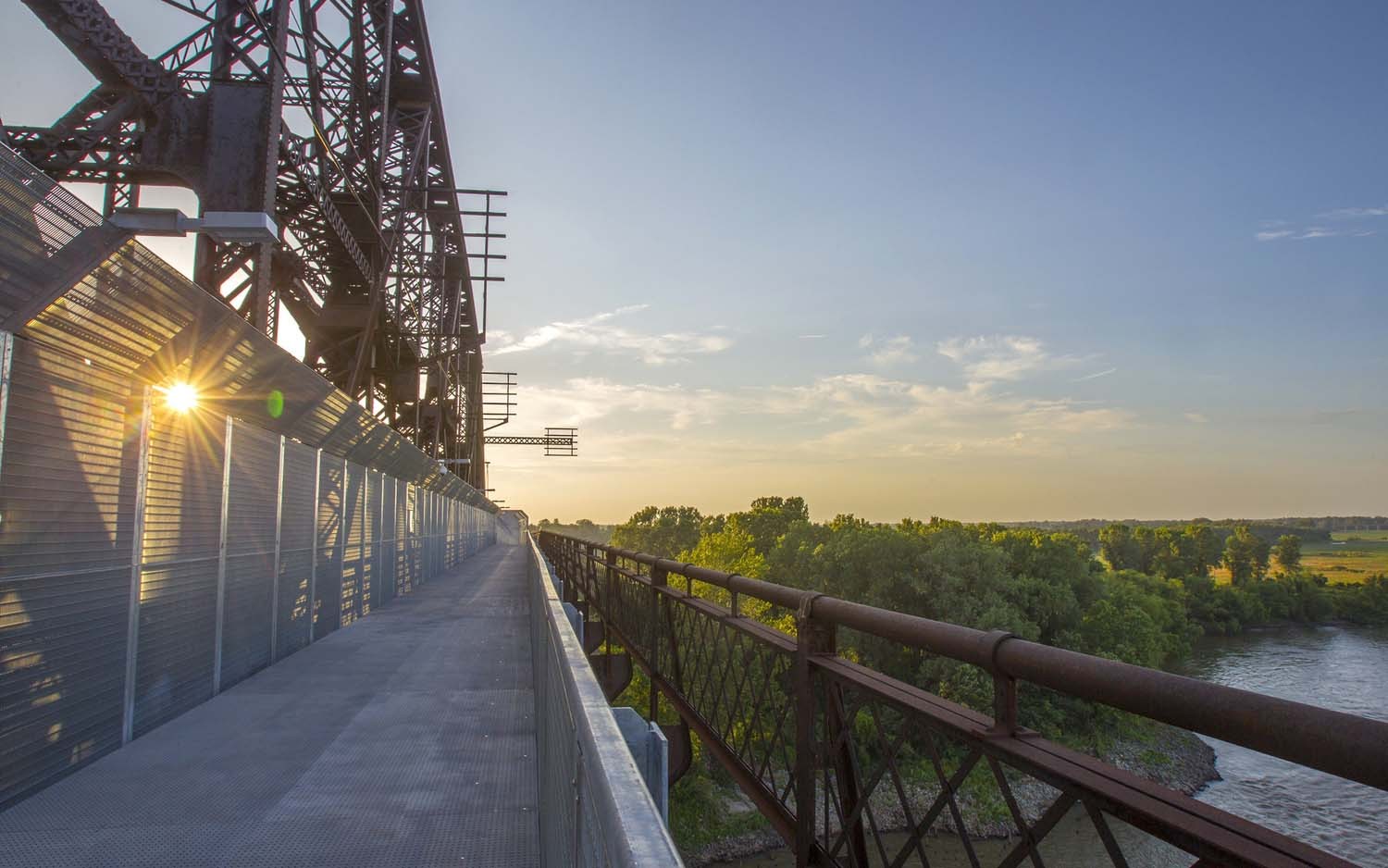When the news broke Sunday of the death of Charles McVean, he was being widely remembered as someone who was a great achiever – not only as an entrepreneur but as a devoted philanthropist.
McVean, who was 78, had been ailing for some time. But he continued his active interest in his community work, which, among other things, included the Peer Power student-to-student tutoring program, and the creation of the Big River Crossing, the country’s longest active rail/bicycle/pedestrian bridge.
He was a member of the Society of Entrepreneurs, selected for his success in running McVean Trading & Investments, LLC, and last year was honored with the Master Entrepreneur designation by the society.
In a story in Memphis magazine announcing the award, he was described as being observant of opportunities, whether in business or community, and going after them with a passion.
The story said: “Early in his commodities work, he noticed something about the cattle futures market: ‘I said, we just got a bunch of gunslingers and cowboys trading these cattle. I think I can apply some of the more advanced statistical techniques learned [from] the grain trade and beat these guys.’ And he did.”
He received an Innovation Award from Inside Memphis Business magazine twice, first in 2013 for Peer Power, and again in 2017 with Charlie Newman for the Big River Crossing.
Memphis Congressman Steve Cohen issued a statement that said, “Charlie McVean had a brilliant, creative, and innovative mind. He used it for Memphis in the areas of public education and amenities. … We need more Charlie McVeans who give back to make us better. His was a unique, valuable, important life.”

 bigrivercrossing.com
bigrivercrossing.com